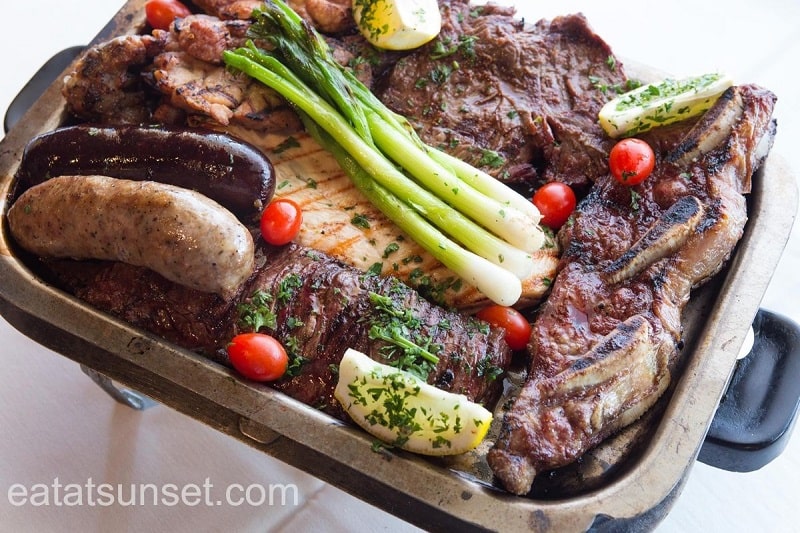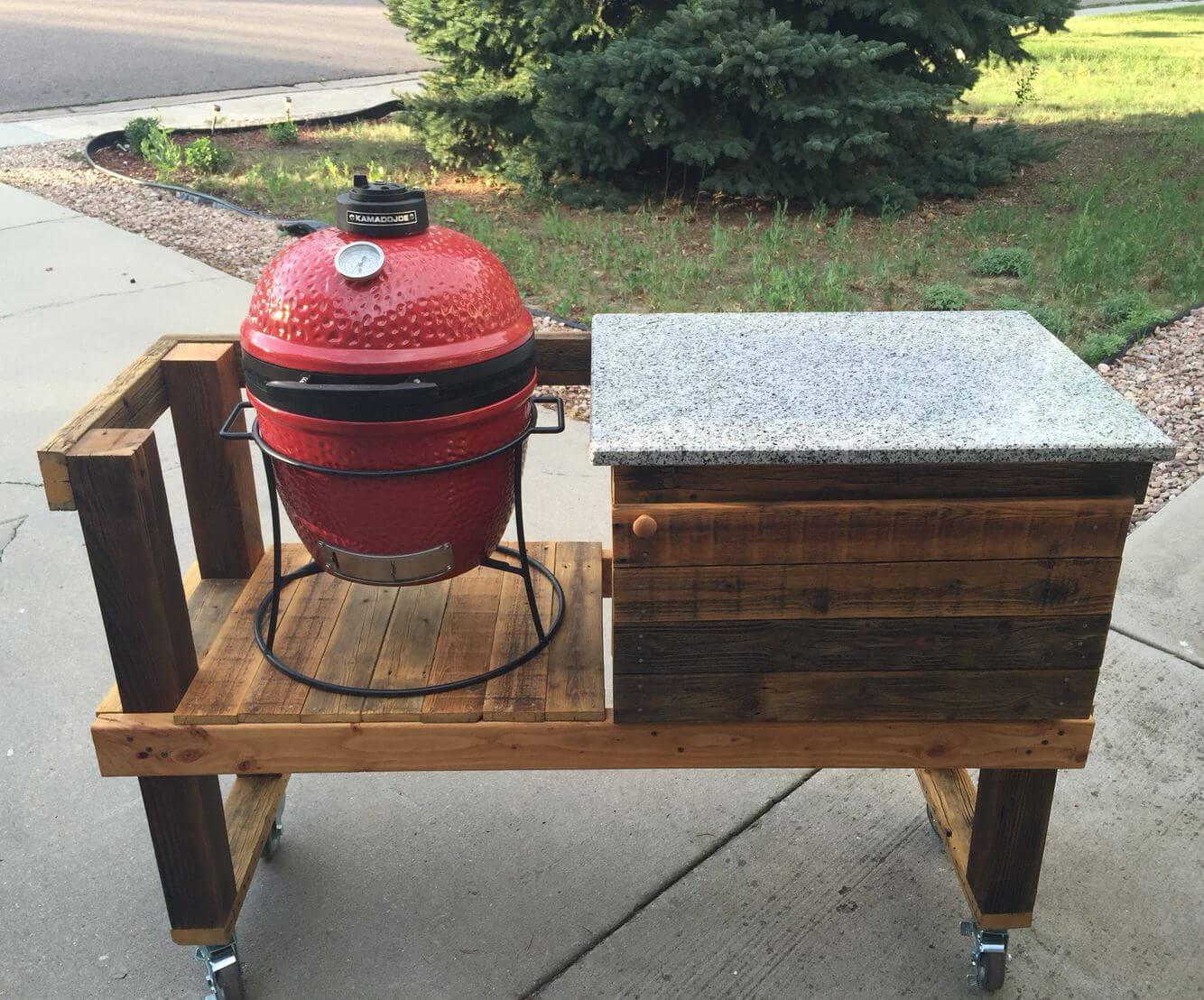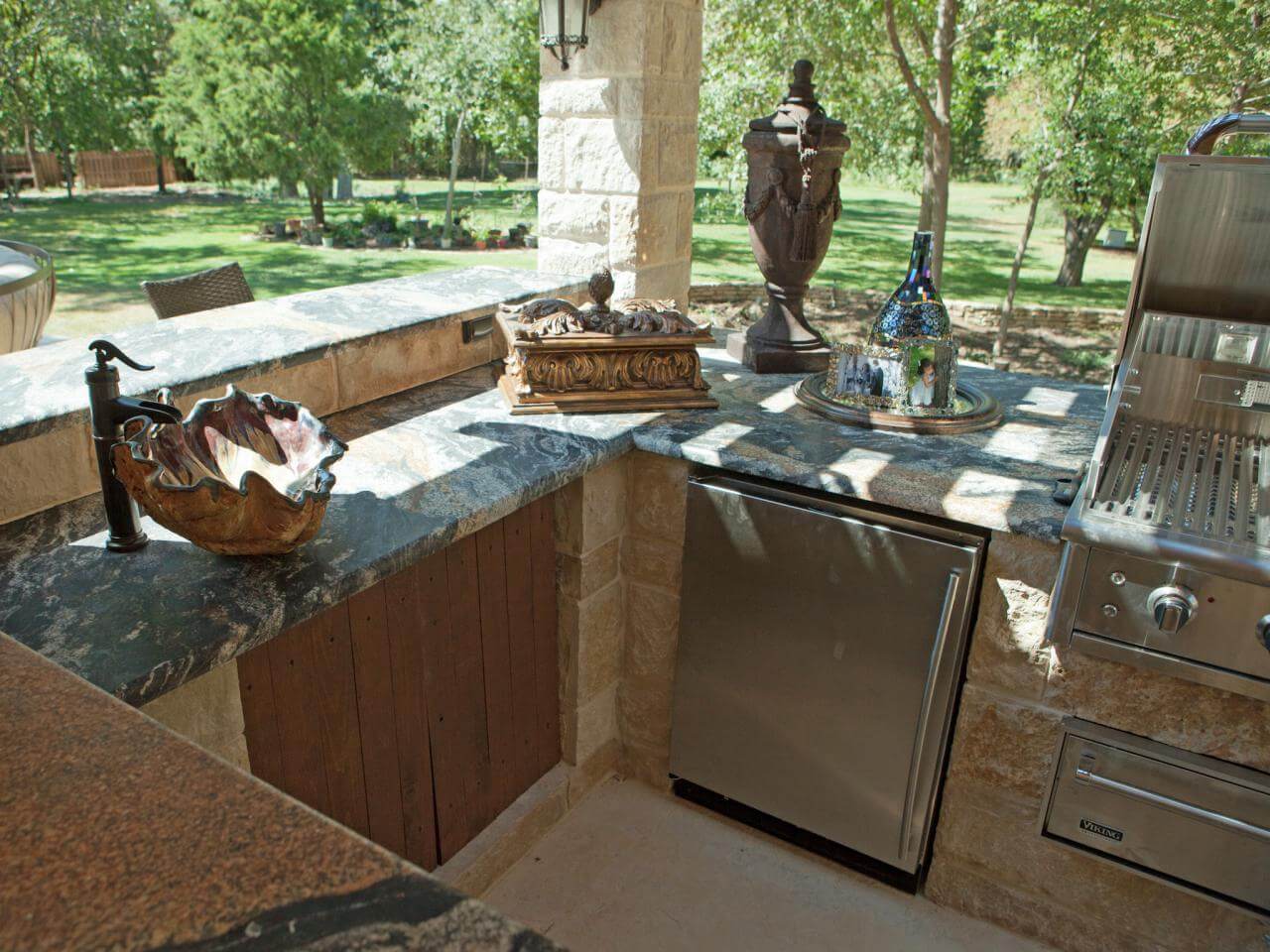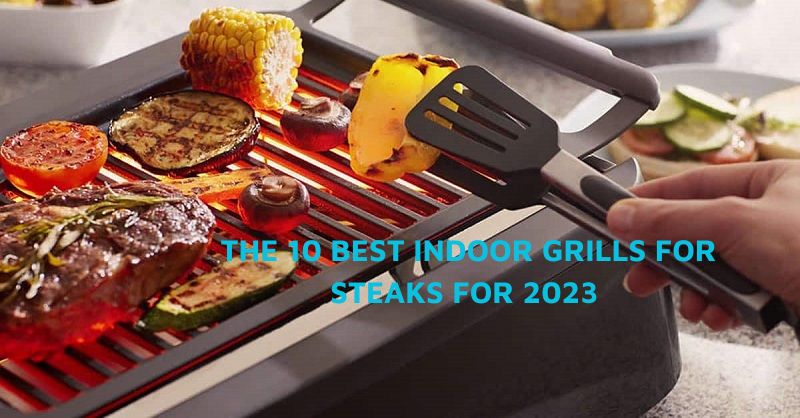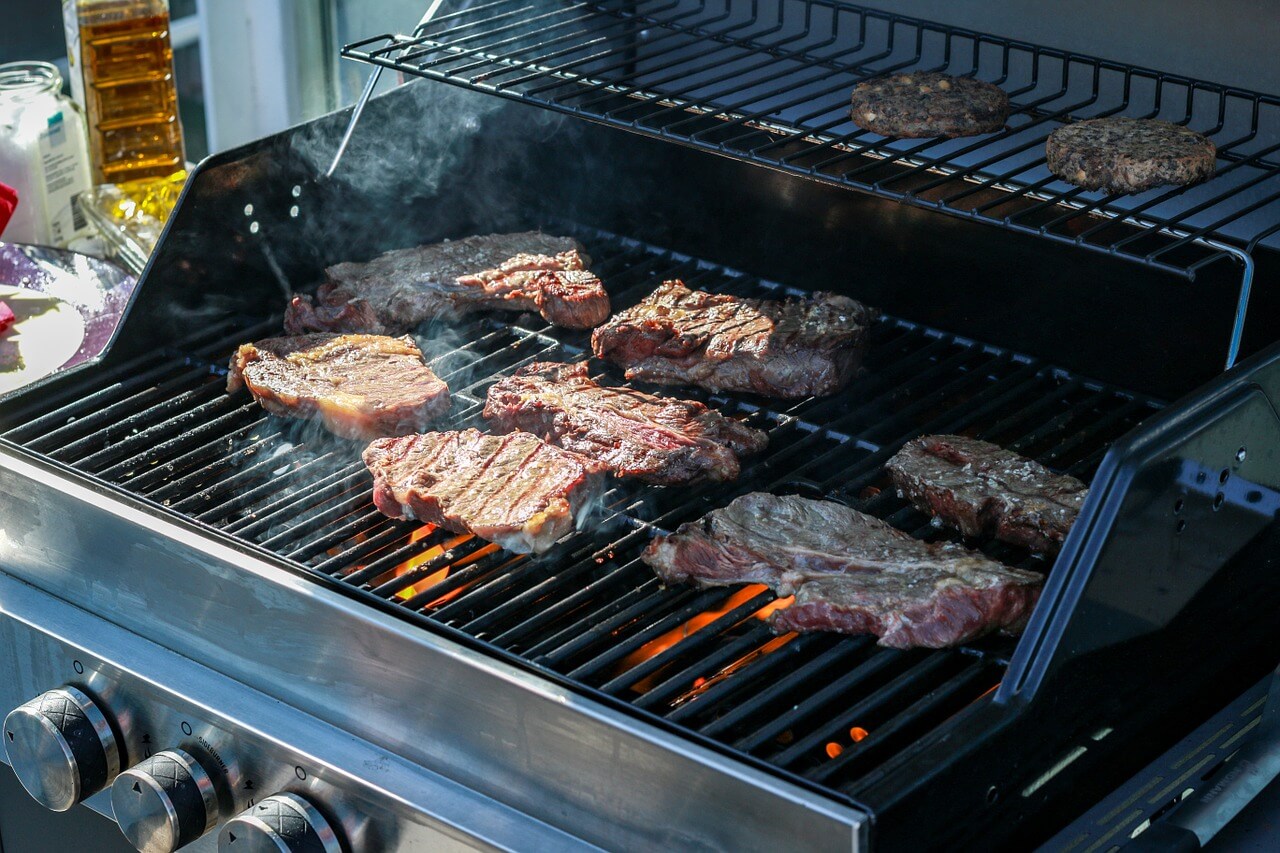
Reverse Flow Smoker Vs. Offset: What Can Make The Best Of Your BBQ Party?
Barbeque lovers always debate about the better from reverse flow smoker vs. offset. So what is the difference between these pieces of equipment?
The reverse flow tool has a chamber in front of the firebox. The smoke will travel over the food before contacting it. Meanwhile, offsets transfer the smoke in a different direction.
Today, Sunset Bar and Grill will give you a side-by-side comparison. Let’s check in detail and determine what you will pack for your next BBQ party!
What Is A Reverse Flow Smoker? What is The Advantage of a Reverse Flow Smoker?
The reverse flow tool employs steel plates installed within the cooking chamber adjacent to the cooking surface to deflect heat transfer from one side to the other.
You may fill the firebox and then ignore it when you have a fire going with these sorts of tools.
Since this firebox is offset, all reversed stream smokers have also offset smokers, but not all offsets are reverse flows. The heat only travels one direction if they don’t have baffle plates.
The baffle plate lies below the frying surface, trapping oil when the meat cooks above it and drops down. This oil warms and simmers the meat, giving it more moisture and taste.
What Is An Offer Smoker?
Compared to the reverse flow smoker, the conventional offset design is far more common. The cooking chamber and firebox are two separate entities in this equipment. Heat travels from one end of the chamber to the other.
A firebox can link with the cooking chamber, making a big drum shape. The heat and smoke come out the other end of the chamber.
It would help if you searched for a metal offset grill that conducts heat efficiently. These smokers are also hefty as a result of this feature.
Differences Between Reverse Flow Smoker Vs. Offset
Both smokers work similarly, relying on indirect heat and a steady flow of smoke from wood shavings.
Aside from the similarities, you may notice differences between them in a few terms.
Temperature control
In a reverse flow model, setting the temperature is relatively simple. However, in an offsetting product, you must be more careful.
You may adjust the temperature in the first tool by opening and shutting the input and output valves after loading and igniting the firebox.
As you can see, these sorts of smokers, on the other hand, are often set-and-forget equipment.
On the other hand, horizontal smokers require more care. You need to resize or reduce the fire during the process. And the chimney dampers are essential for distributing heat evenly.

You can control the temperature within the equipment
Temperature distribution
Because these two models have different structures, they require different heat and smoke distributions in their compartments. The pitmaster’s expectations can determine which one to choose.
The reverse flow model can maintain consistent heat in the cooking chamber. This feature is also its biggest selling point.
Heat circulates through the chamber and emits from the baffle plate, maintaining a consistent heat across the surface and evenly cooking your food.
There are both cool and hot zones regarding the offsets to create a patchwork heat effect.
Some pitmasters like it since it needs more skill to grill in this setting, offering variety.
For example, if you have thicker slices, you may place them in the hottest areas. In the colder zones, you can grill smaller, more tender foods.

The heat may not be the same level in some products
Start-up
The heat comes from a hot layer of charcoal when you use a smoker, while the flavor comes from the wood you set on top.
You start with the coals for reverse flow equipment and then pile the wood atop for a roaring fire that you won’t have to care about too often.
You must be more attentive without a baffle sheet with an offsetting model. The fire will take some time to get started, and you’ll need to keep an eye on it to ensure it’s delivering the appropriate amount of heat.
Ease of clean
The hard baffle plate of a reverse flow model rests underneath the grill grate, making it hard to clean all of the oil and meat shavings off of it.
When comparing the two smokers, offset horizontal ones are far easier to clean after a use. Because of its barrel design and absence of baffle plates, cleaning this sort of smoke is a breeze.
You can learn more tips for cleaning the smokers from this video.

Cleaning the equipment may be hard or easy depending on your choice
Fuel efficiency
Offset smokers often waste fuel by burning it wastefully from hot to cold. This method wastes gas since you have to fire up the gear twice: once on low flame on one end and once on low flame on the other.
You must also wait for the smoke to settle before continuing to cook. Hence, you should expect more wastes using the gear.
Additionally, because offset models smoke so much of their gasoline, you’ll need to top it with extra fuel more frequently than with the other equipment.
Cooking style
Due to the low heat coming from the baffle plate, the food cooks from the base to the top in a reverse-flow product.
On the other hand, a horizontal tool smokes the food from the top down. The temperature rises and the section at the cooking surface are the hottest without inductive devices.

The cooking style is also important
We have compared the tool pieces of gear in important terms. Now, let’s summarize their differences by checking this comparison table.
| Reverse flow smokers | Offset smokers | |
| Temperature control | Easy | Requiring more attention |
| Temperature distribution | Uniform | Uneven |
| Start-up | Simple | Maybe risky without the baffle plate |
| Ease of clean | Quite complicated | Easy |
| Fuel efficiency | Yes | No |
| Cooking style | From bottom to top | From top to bottom |
Pros And Cons Of Reverse Flow Smoker And Offset
Each option comes with its own set of benefits and drawbacks. It would be best to check both sides before choosing the better one.
Reverse flow smokers
This tool is efficient since it evenly distributes the heat for your food. However, it still has some room for improvement. Here are some of its pros and cons:
Pros:
- The system improves the smoke flow in the cooking chamber.
- It prevents direct and harsh heat from overcooking some specific parts of your food.
- The equipment allows for a uniform cooking heat to expect a consistent result. Many beginners find this feature helpful.
- The steel plate works as an oil pan. Fat dropping from the container to your food will add more flavor to it.
- There will be fewer temperature surges when you add extra fuel.
- The cooking temperature will return to its normal state once you open the chamber door.
Cons:
- If you are preparing different kinds of food, this even heat distribution may not work well since each food requires a different temperature.
- The airflow is quite limited.
- The system needs some time to heat up because the heat travels the pan first and then moves back to the cooking chamber.
- You may find the heavy and bulky design annoying.
- Cleaning the equipment is not simple.
Offset smokers
This model is lighter and easier to clean. However, it may not work as efficiently as its competitor. If you plan to buy one, consider these points:
Pros:
- Since this unit doesn’t feature the metal pan and some additional accessories, it looks sleeker and more aesthetic.
- You can prepare different kinds of food using the same cooking surface. The system offers zones with different levels of heat to serve that purpose.
- You don’t need to open the chamber to add fuel. Just add it via the firebox.
- Cleaning the whole equipment is at ease.
Cons:
- Although this unit is simple to run, it requires your attention during the cooking process.
- The equipment distributes uneven heat.
- If fuel efficiency is your top concern, this unit is not what you are looking for.
- Most of these models demand a big learning curve. You have to practice before mastering it.

Consider carefully before buying
What Should You Choose Reverse Flow Smoker vs Offset?
We can’t define the better one since each option stands out in some aspects. To opt for the more suitable one, you should first consider your situation and requirements.
When to choose the reverse flow?
Here are some cases when you should use this type of smoker:
- You want an even heat for your food.
- You want to introduce a fatty flavor to your meat.
- You don’t want to move your food continuously while grilling.
- You are new to the barbeque world.
When to choose the offset?
This model is best in these cases:
- You need a lot of airflow.
- You prefer clean smoke.
- You want to prepare food that needs different degrees of heat.
- You are slowly smoking vast amounts of meat.
Conclusion
The reverse models are good at distributing the heat evenly. They also help save up fuel. However, the offset wins when it comes to ease of cleaning and design.
Since each model has its pros and cons, it all comes down to your requirement to choose the more suitable one.
Hopefully, you will find this article helpful. For any further information, please feel free to ask. Thank you for reading!
